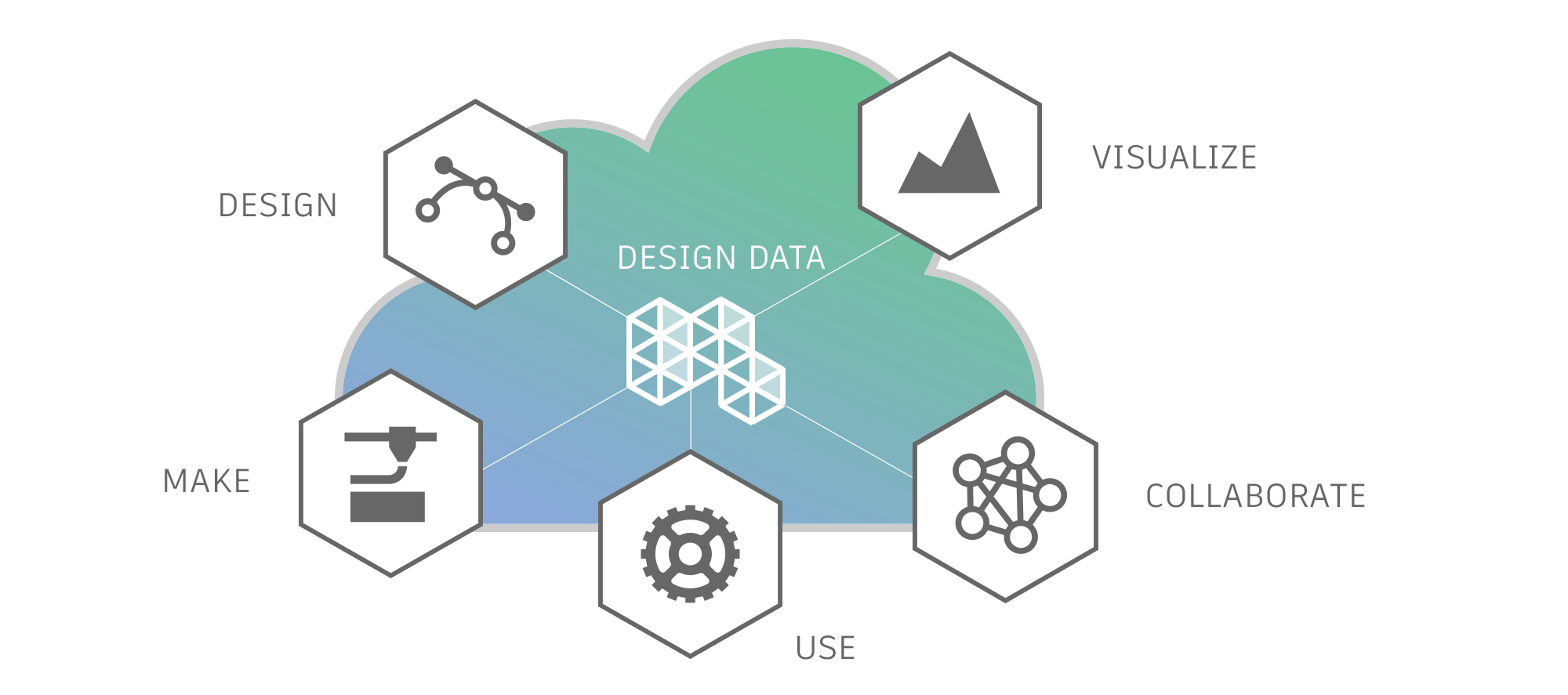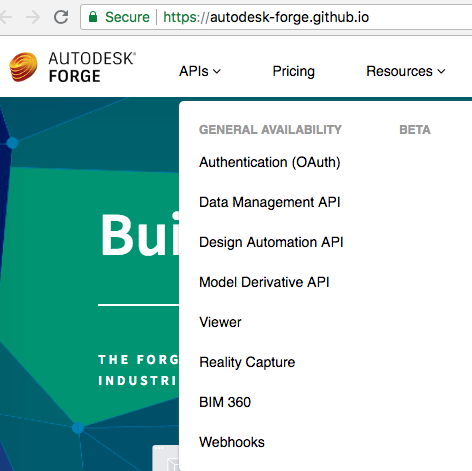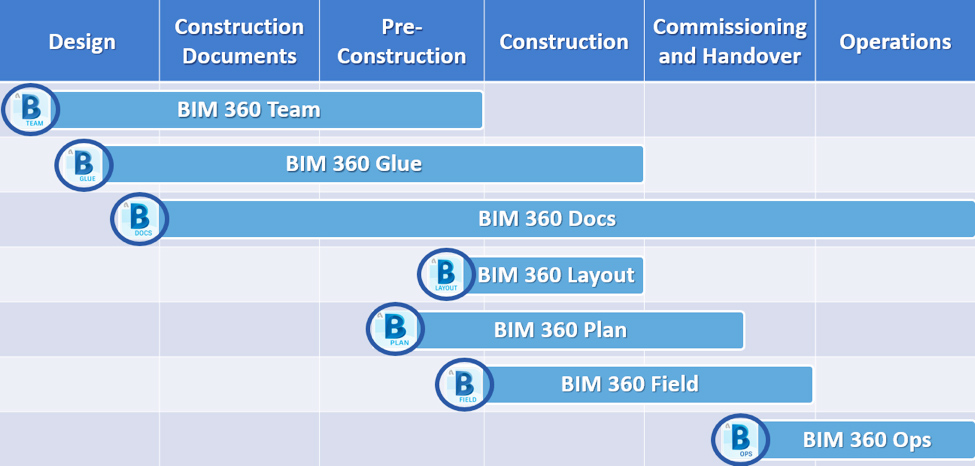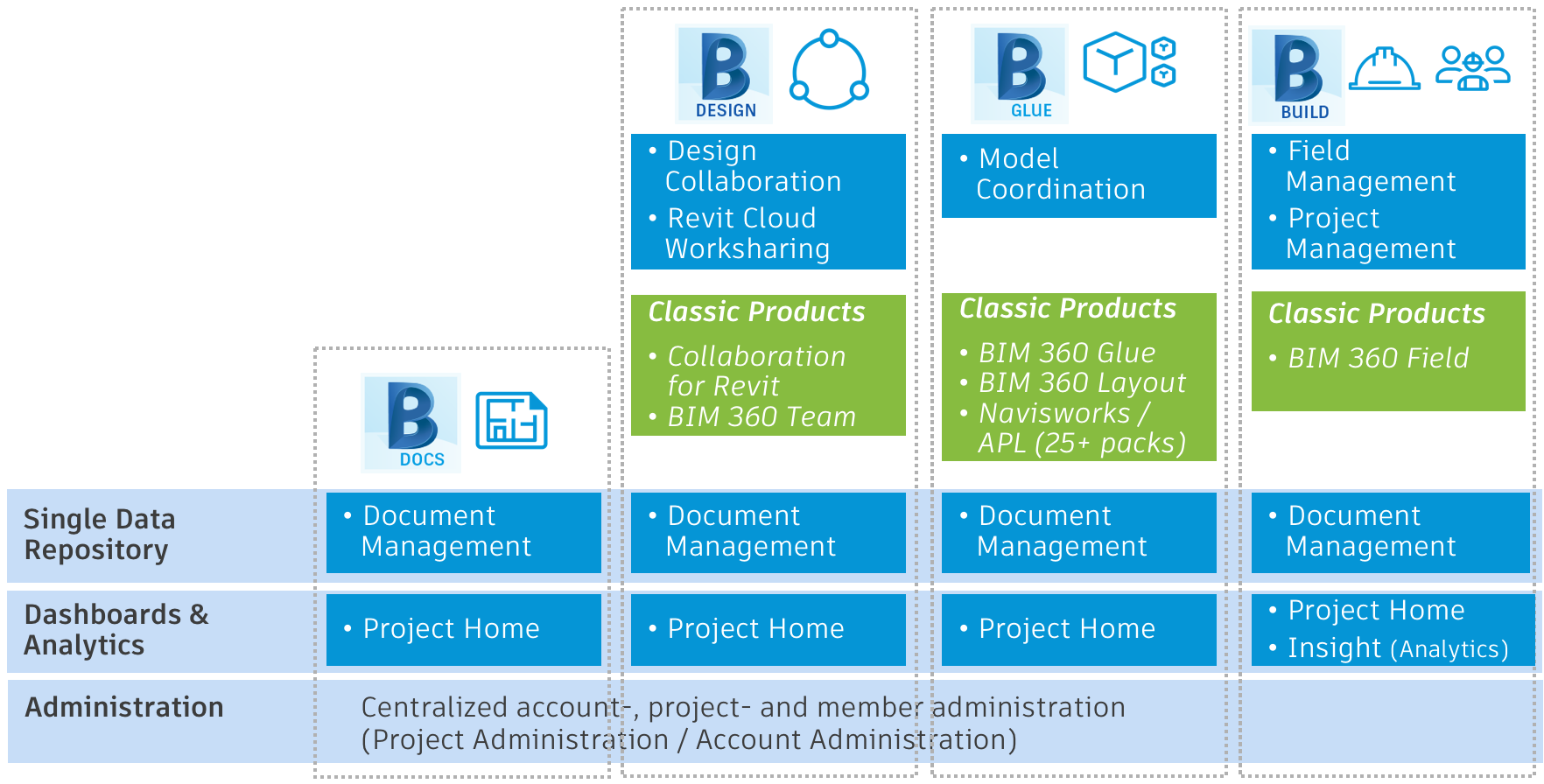
I am participating in a Digital Construction Live event in the UK next week and presenting there on Forge for the BIM domain.
In preparation, I'll jot down some notes here on what I learned about this myself lately:
A good first impression of the Forge aspect of things is provided by Jim Quanci, Senior Director Forge Partner Development, presenting Forge for AEC in 5 minutes [^].
As he says in the by-line, Forge is a set of web service APIs that power the future of making things. To learn more, please visit developer.autodesk.com and autodesk-forge.github.io.
The important words to note here are web service APIs.
Forge is not a product that you buy.
The web services provide powerful functionality enabling you to interact with your models and design data for design, visualisation, collaboration, manufacturing, maintenance and other usage purposes.

Since the APIs are all web-based, it becomes extremely easy to combine the Forge functionality with other web-based components.
The numerous and powerful open source projects based on JavaScript, Node.js and others tools with their thousands of available libraries make it easy to put together something very useful very fast.
To get started programming a Forge app yourself, check out the updated Learning Forge Tutorials.
Here is a list of the currently available APIs:

The Autodesk Forge Viewer enables web developers to very easily display 3D (and 2D) models in a WebGL-enabled browser or smartphone app. If you've got a model you've created using some kind of design software, then you can probably display it using this technology.
At present, the BIM 360 API offers account-level functionalities that enable developers to work with BIM 360 account administration workflows.
The BIM360 tools provide some examples of how products can be built on top of the Forge platform.
A nice quick first introduction to them is provided by Carl Storm, announcing his AU session, in Connect the Docs: BIM 360:
BIM 360 is Autodesk’s cloud and mobile platform for the architecture, engineering, and construction (AEC) Industry. The platform currently consists of 7 products that span from conceptual design to construction to commissioning and handover, and even extending into operations:
Because the BIM 360 platform is a cloud-based common data environment, you can exchange project data between products without cumbersome exports or time-consuming steps. You can even share this same data instantly across your team via a web browser or on mobile device in the field.
While there are seven offerings in the platform, it doesn’t mean that you need to be using all of them, as they each have their own place within the AEC project lifecycle.
This graph shows where each of the seven BIM 360 solutions can be used to connect stakeholders to project information throughout the entire AEC project lifecycle:

For the rest of Carl's discussion, please refer to his original post.
The next call of port for me was the official Autodesk web site at bim360.autodesk.com, where I learned this:
Manage the entire project lifecycle with BIM 360 – BIM 360 improves construction project delivery by supporting informed decision-making throughout the project lifecycle. From design collaboration, documentation and reviews, to pre-construction, and through quality and safety and operations, BIM 360 connects the people, data and workflows on your project. So you can see the big picture and keep your projects on track.
The BIM 360 functionality is provided to the end user by the various packages, so let's take a look at those now.
Here is a brief set of six succinct slides presenting a BIM 360 package overview.
I extracted the text portion from them for easier immediate online access:
The next-generation BIM 360 platform has brought a set of previously separate, point applications together into a single BIM 360 brand that supports Design, Build and Operate. BIM 360 is our AEC cloud platform for project delivery and construction management. The BIM 360 platform is available in four subscription offerings: BIM 360 Docs, BIM 360 Design, BIM 360 Glue and BIM 360 Design.
BIM 360 Ops and BIM 360 Plan continue to be sold as standalone subscriptions, with no change. BIM 360 Plan leverages the centralized administration functions of the BIM 360 platform, but does not share project data.

This next-generation platform removes the need for single point applications and unifies your project data. The unified BIM 360 solution aggregates the data and provides transparency to project stakeholders making everyone more accountable and improving visibility in real time.
Project workflows are supported in three process management offerings.
Each of these subscriptions includes a set of BIM 360 platform modules, along with access to classic BIM 360 solutions to ensure that customers can continue to use the products they are using today on their projects without disruption.
All project information in BIM 360 is managed in a single data repository – or common data platform – and access is controlled by user, role or company permissions. Design, Glue and Build are all connected to the common data platform and bring together information and workflows in a way that was previously unavailable with point solutions.
User-friendly dashboards and advanced data analytics are available across all subscription offerings, making it simple to track and prioritize work.
All participating companies, projects and members are managed in a centralized administration area to ensure the right people have access to the right information and the right tools.
Document Management: Controlled access to all project documents, plans and models, serving as the single data repository for BIM 360.
The Document Management module, which can be purchased alone as BIM 360 Docs and is included in all BIM 360 products, is the foundation for all work managed in BIM 360. As any AEC project kicks off, this is where it should start. It's the place to centralize, control and give access to project information for all team members.
Built on top of this, as a superset, we have three premium process management products.
Cloud Worksharing: Co-author Revit models in real time and review design development with the extended team at any time.
Design Collaboration: Control design deliverable exchange to keep the right information in the right hands throughout the project.
Document Management: Controlled access to all project documents, plans and models, serving as the single data repository for BIM 360.
Design teams will start their work in BIM 360 Design. This is our next generation design collaboration solution for controlled cloud worksharing and milestone and deliverable tracking across teams. Customers using C4R asked us for greater control over shared models and access—and we are delivering it.
Model Coordination: For 3D projects, offers simplified model aggregation, viewing and automated clash detection.
Document Management: Controlled access to all project documents, plans and models, serving as the single data repository for BIM 360.
As the project moves to Preconstruction, contractors and VDC managers will work in next-generation BIM 360 Glue, now available and connected to the same common data platform in BIM 360, for model coordination and constructability reviews. Tasks such as clash detection are automated allowing insights to be provided in real time to inform the project.
Field Management: Issue management, checklists and daily reports for on-site execution and collaboration between the field and the office
Project Management: Creation, assignment and approval of RFIs and Submittals with controlled workflow processes across teams
Document Management: Controlled access to all project documents, plans and models, serving as the single data repository for BIM 360.
And as the project moves to the construction site, teams can work in BIM 360 Build, our next-gen field management solution. BIM 360 Build also includes RFIs and submittals workflows keeping critical project data centralized and accessible. Subcontractors and trades can now respond to submittals in the same system as they manage quality programs. And all work is tracked and auditable.
The BIM 360 platform provides project teams – from design to construction to owners – with significant advantages over using point solutions for project delivery.
And we've made it simple to get projects started with BIM 360 through a set of packages built for the personas that need to connect as the project progresses from design to construction.
BIM 360 Docs is the entry point to the platform, and supports all project stakeholders who need controlled access to information
We then offer three premium process management products:
We also recognize that our customers have projects in place that will continue to use our classic BIM 360 products, and so we've designed these packages to include access to those solutions.
For pricing information, please refer to the online BIM 360 Docs pricing overview.
Next, I need to dig up some nice samples and demos to show how this functionality can be integrated into specific workflows.